Congregations around the world are carefully evaluating their reopening strategies as the COVID-19 pandemic continues. Churches are places of sanctuary and peace. But many areas haven’t allowed these gatherings over the past few months because of the close proximity between people inside a church. Recently, churches have begun to reopen — as long as they have social protections in place to prevent the spread of the virus.
It doesn’t matter if you’re a pastor, bishop, or reverend — you’re facing difficult decisions in order to minister to your congregations safely. A church reopening requires critical thinking and planning to ensure the safety and comfort of every person who walks through the doors.
As you evaluate your options for church reopening, consider these guidelines.
Guidelines for a safe church reopening
- Clean the entire church
- Adjust normal practices
- Create alternative worship services
- Encourage social distancing
- Use online forms
Clean the entire church
Cleaning is more important than ever. Complete a thorough cleaning before congregants arrive. Consider limiting access to parts of the building that you aren’t currently using to minimize the number of areas that need to be cleaned in the future. You might temporarily close certain areas, such as the preschool room or nursery.
Think about the areas where germs pose the highest risk: bathrooms, drinking fountains, doorknobs, microphones, and light switches. Always use CDC recommended disinfectants, and make sure to observe proper drying times for those products to kill viruses and bacteria.
Adjust normal practices
Reconsider things that you normally take for granted:
- Clean the pulpit after each use.
- Remove hymnals and Bibles from the backs of the pews.
- Consider placing tape on the floor to encourage social distancing.
- Position furniture to block hallways where you’re limiting access in the building.
- Post signs on the doors and inside the church to encourage people to avoid shaking hands.
- Pass out flyers to the congregation about preparation and cleaning before services.
- Share information via email and social media about health and safety practices the church is following.
Create alternative worship services
Most church members can’t meet at the same time because there isn’t enough room for social distancing within the building. As part of your church reopening plan, offer alternative options for worship.
For example, holding multiple services at different times can spread out the crowd. Implement preregistration procedures so congregation members can choose a time to attend. Ask for volunteers to help with cleaning between services. Many churches are shortening services to allow for thorough cleaning between each service.
Online meetings are great for those who are high risk or unable to attend services in person. Many churches have found that engagement is increasing as they offer online services.
Encourage social distancing
Families from the same household can sit together, but separate groups should maintain at least six feet of space at all times. Space out participants by blocking every other pew. A simple piece of paper at the end of the pew can indicate that people should move to the next row.
Change the way you offer communion or other activities that require person-to-person interactions. Avoid passing a bowl or plate. An alternative is to have elements of communion people can pick up as they enter the sanctuary. Or, you might ask volunteers to walk by with communion trays while wearing gloves and masks.
Use online forms
Jotform has a long history of providing effective church management software. The COVID-19 pandemic has forced organizations to use software solutions more often, which is why online forms are increasingly popular. Consider using the following forms as you prepare for church reopening:
- Attendance estimates: Forms can be helpful in maintaining attendance levels. Online forms give you an estimated size of the congregation each week. People who want to attend a service could complete a form and inform the church about their plans.
- Crowd management QR codes: Social distancing is a concern for larger congregations. Some worship places use a combination of forms and QR codes to manage the crowds. For example, you could generate a unique QR code for each form submission and only allow the owners of the right QR codes inside.
- Self-screening forms: Invite congregation members to fill out self-screening forms before entering the church. This proactive step minimizes the risk of someone spreading the virus to others in the building. You should also require self-screening for all clergy, employees, and other regular visitors to the church.
- Prayer requests: Digital prayer requests allow congregation members to participate in worship without the need for close interaction with other people.
- Online donation forms: People are concerned about spreading the virus by passing offering trays during the service. An alternative option is to set up online donations, giving people the opportunity to contribute from the comfort of their homes. This donation form helps churches maintain revenue even while limiting congregation attendance.
As you can see, there are many ways you can use online forms to assist with your church reopening strategy. With the right approach and a little bit of planning, you can resume worship events and open the doors to the community.



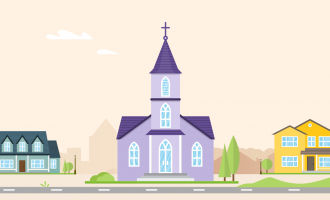




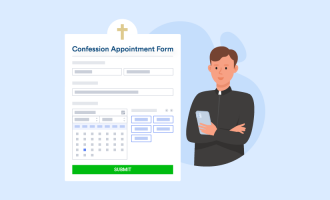
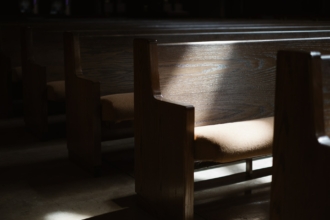




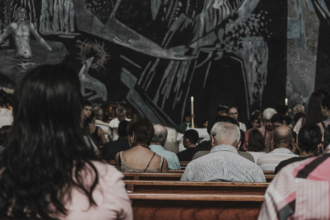


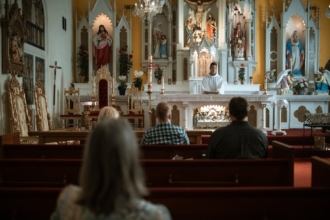
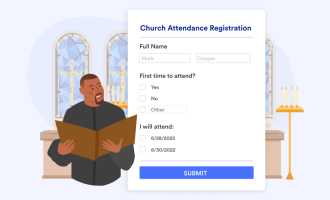
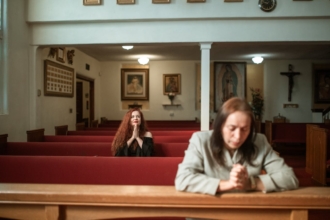
Send Comment: